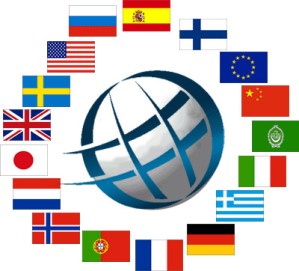
Under the terms of a new contract with ICANN, VeriSign will continue operating the .net top-level Internet domain through the year 2017. Financial terms of the deal were not disclosed, although terms of the agreement are reportedly in line with the company’s existing contract to operate .net—meaning they can choose to raise the cost of a .net domain by up to 10 percent per calendar year.
The .net domain is the third most-popular top-level Internet domain, trailing only .de and .com—.com is also operated by VeriSign. However, while there was significant competition for the contract to operate .net when it last came up for renewal back in 2005—under a deeply contentious and controversial process—a “presumptive right of renewal” clause prevented any other companies from even pitching a competitive bid. All top-level domain operators have similar right-of-renewal clauses in their contracts, with the idea being to encourage them to invest in infrastructure and engage in best-practices operation throughout the entire term of the contract. The right-of-renewal clauses can only be denied if the operators are in egregious breach of terms.
The North American Regional At-Large Organization (NARALO) voiced some opposition to Verisign’s near-automatic renewal for operating .net, noting the 2009 agreement that gave ICANN independence from the U.S. Commerce Department requires the organization to act solely in the public interest through a bottom-up organizational model, and the organizations is required to perform economic studies before delegating top-level domains. Since VeriSign’s operator agreements with ICANN predate these requirements, NARALO argued the renewals should be subject to reassessment under ICANN’s current operations.
VeriSign’s agreement to operate the .com domain is similar to the .net operating agreement. It expires at the end of 2012.


